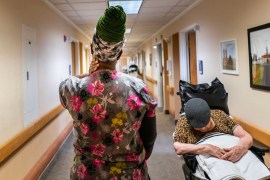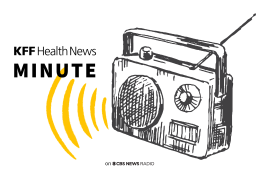Nearly 600 People on ADAP Waiting Lists Nationwide, NASTAD Report Says
The number of people on waiting lists nationwide for enrollment in AIDS Drug Assistance Programs as of Jan. 24 was 592 in nine states, according to the latest "ADAP Watch" released on Wednesday by the National Alliance of State and Territorial AIDS Directors (NASTAD release, 2/9). ADAPs are federal- and state-funded programs that provide HIV/AIDS-related medications to low-income, uninsured and underinsured HIV-positive individuals. President Bush in June 2004 ordered the immediate, one-time release of $20 million to purchase AIDS-related drugs for states with ADAP waiting lists, but only the 10 states that had waiting lists at the time of the order -- Alabama, Alaska, Colorado, Idaho, Iowa, Kentucky, Montana, North Carolina, South Dakota and West Virginia -- could apply for the funding. The Health Resources and Services Administration is coordinating the program with a pharmacy benefit manager to purchase the drugs and distribute them directly to individuals on the states' ADAP waiting lists (Kaiser Daily HIV/AIDS Report, 12/16/04). According to the "ADAP Watch," Alaska, Arkansas, Idaho, Iowa, Kentucky, Montana, Nebraska, West Virginia and Wyoming have ADAP waiting lists. Of the 592 individuals on waiting lists, 141 are ineligible for access to Bush's special program and another 451 people in two of the 10 eligible states have not undergone processing for the program. Twelve states -- Alabama, Arkansas, Indiana, Louisiana, Minnesota, Missouri, New Hampshire, Oklahoma, South Dakota, Texas, Utah and Washington -- have implemented other ADAP cost-containment strategies since April 2003, and only two of these states are eligible to receive assistance under the president's initiative, according to the "ADAP Watch." In addition, eight states -- Arkansas, Hawaii, Iowa, Louisiana, Massachusetts, Oregon, Texas and Utah -- are anticipating new or additional ADAP restrictions during the 2004 ADAP fiscal year, which ends March 31, 2005 (NASTAD release, 2/9).
This is part of the Morning Briefing, a summary of health policy coverage from major news organizations. Sign up for an email subscription.





